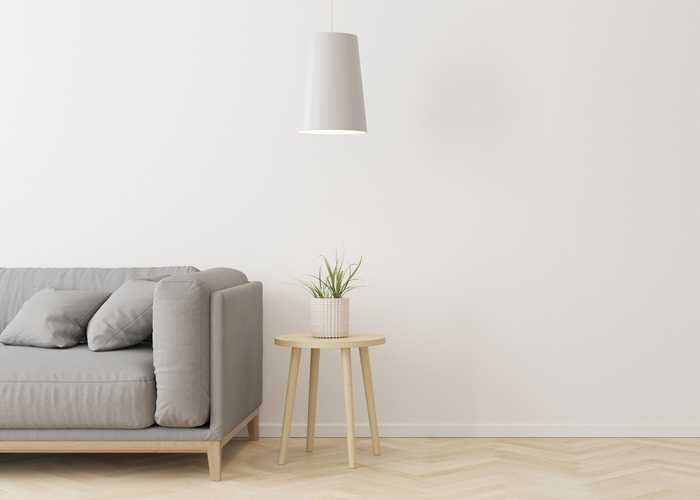10 Ideas You Can Steal From Scandinavian Interior Design

Since its rise to popularity in 2018 – thanks to social media - the trend for Scandinavian home styling continues in full force. Every professional interior designer and DIY homeowner is clamouring to recreate the cosiness afforded by a unique combination of minimalism, natural timber, muted tones, and carefully chosen bursts of colour.
While minimalism is often associated with a degree of sterility, Scandi style is scant yet homely. In fact, the Danes have a word for this type of cosiness: hygge (pronounced: hew-guh). Hygge refers to a quality of comfort that fosters a sense of contentment or well-being. The idea is that – rather than having to escape the stresses of daily life – you can transform your own environment into a peaceful retreat, without the need to seek sanctuary elsewhere.
Is hygge the reason Scandinavia is the happiest nation in the world?
If you’re looking to bring an element of hygge to your home, here are 10 ideas you can steal from Scandinavian interior design:

1. Embrace natural light
Commonly known in the trade as daylighting, the Scandinavian style calls for an abundance of natural light. Not only does natural lighting maximise comfort and well-being, but it helps to conserve energy and contributes towards sustainable design.
2. Include natural, warm-toned timbers
Warm, natural woods – like walnut and mahogany – and sepia tones make a room feel bright and cosy. These make a great contrast against soft coloured walls and give an illusion of fullness to minimalist design.


3. Make it minimalist
Minimalism encapsulates the concept of clarity and a clear mind, which emphasises the idea of hygge well-being. Declutter spaces to create a tranquil sanctuary in which to relax, unwind, and become more mindful of one's environment
4. Opt for soft, muted tones
As previously mentioned, sepia tones add warmth and cosiness to a room. They also add a homeliness to minimal décor, which could otherwise feel impersonal. This helps to create a calm, intimate space.


5. Add a pop of colour
Bursts of colour are sometimes added to Scandinavian design to add depth and contrast and to elevate mood. Consider how you might hang art in a gallery, with colourful pieces interjected by vast white space. This technique can be used to exaggerate the perception of a space and simultaneously incorporate a personal touch.
6. If you must, make it multiple
Wall art goes against the concept of minimalism, but if your house doesn’t feel like home without it, consider multiples: for example, a series of botanicals, or abstract graphics. These should be arranged in a grid-like fashion, or columns, or rows to give a clean finish and a certain serenity to the home.


7. Invest in mod furniture
Practical, comfortable, and stylish, mod furniture embodies the concept of simplicity. Unencumbered by the unnecessary, it is sleek and can be used to add yet more diversity. Tulip tables and swan chairs are extremely popular. You might consider placing a black-framed table set in a room with white/neutral walls and carpets to emphasise the contrast and convey the Scandinavian sentiment through contemporary design.
8. Home is where the Hygge is
Cosiness should be at the heart of every design decision. This is often most displayed in the bedroom, where soft furnishings ooze comfort. For example, oversized duvets with scatter cushions, or curtains to segregate the sleeping space. Simple rugs might be placed down on wooden floors to offer comfort and warmth. Soft mood lighting is an absolute must for the bedroom to ensure the ultimate therapeutic environment for a restful night and a peaceful awakening; the essence of hygge.


9. Mixed textures
Minimalism could leave a room looking cold and uninviting, but the use of mixed textures to engage the senses - like a sheepskin throw or a kilim rug - can immediately improve a room’s appeal. Aesthetic simplicity, in combination with natural fabrics, is the order of the day.
10. Layered bedding
Mixed textures and layers are essential to building the perfect Scandinavian bedroom. From using contrasting hues and tones, to different textured duvet covers and bed throws, let the soft furnishings do the talking. And – the cherry on the cake – add a statement ceiling fixture or bedside lamp.

That wraps up our list for Scandinavian design tips that should give you plenty of inspiration for your home.
Posted on August 20th 2021
